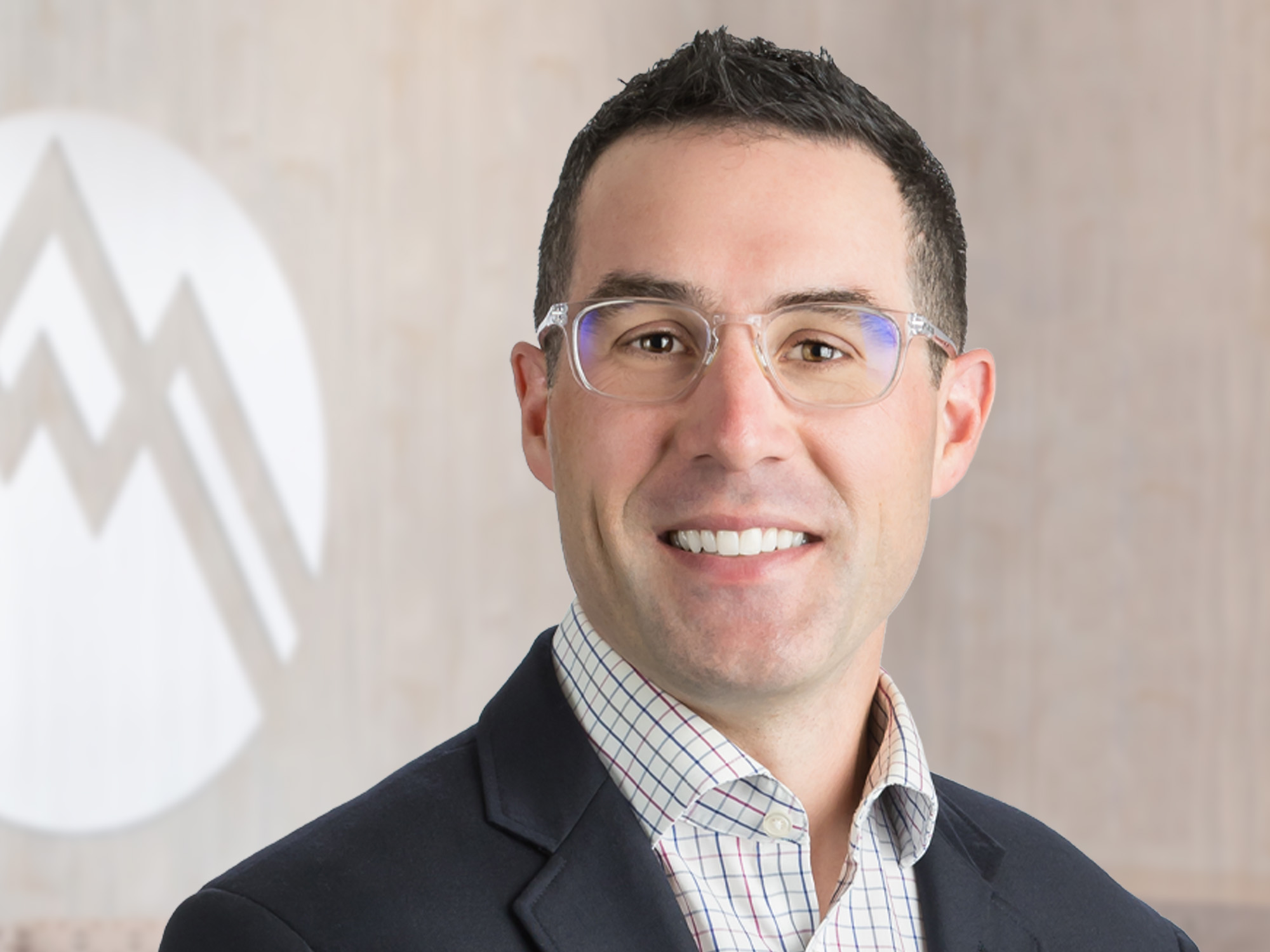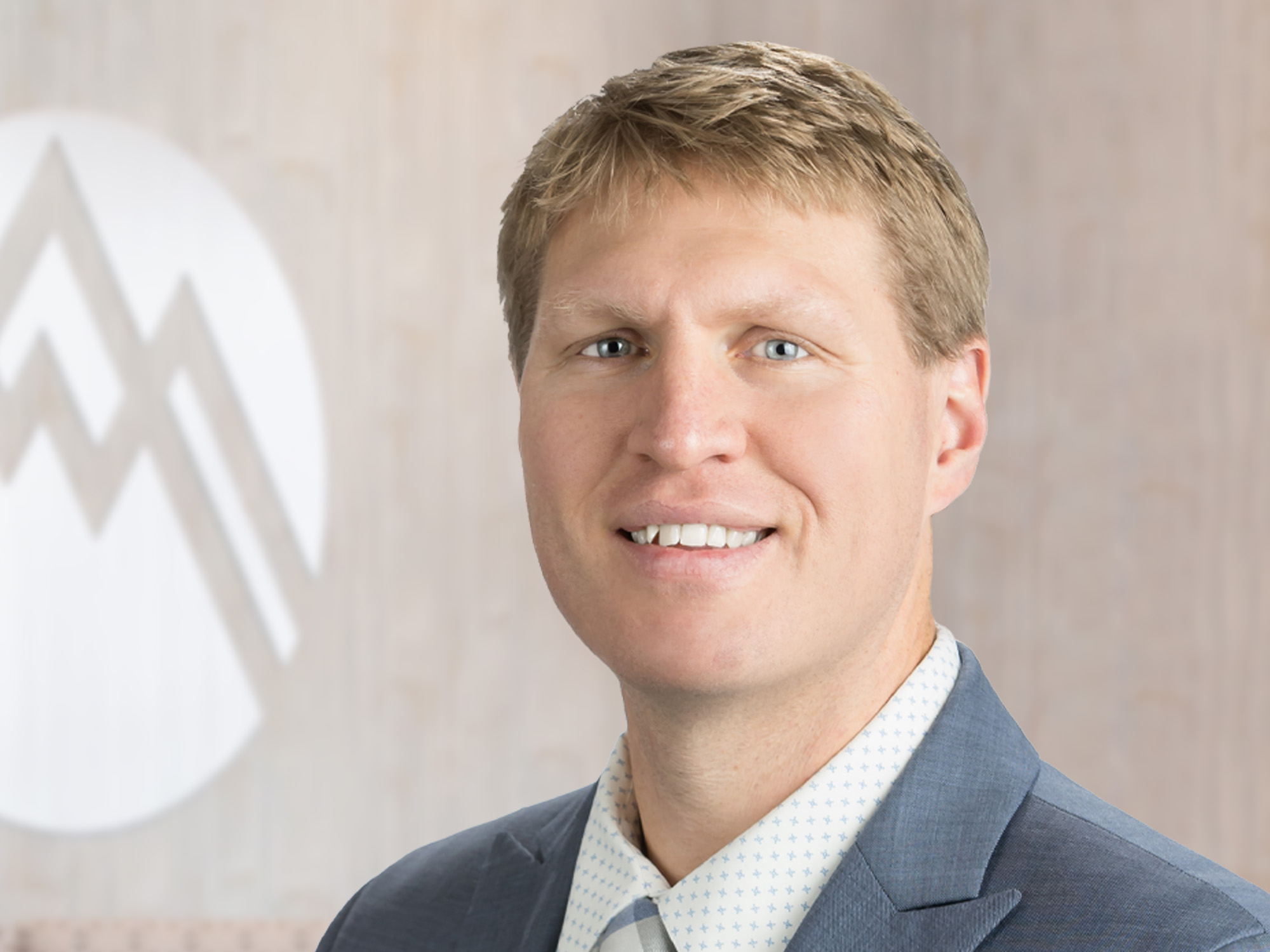Ask the Expert: Shoulder Video Series
About the video: What are the most common symptoms and treatments for frozen shoulder?
Listen to our experts Scott Pepin, M.D. and Brent Warner, M.D. explain the different symptoms and treatments for frozen shoulder.
Meet Dr. Brent Warner
Dr. Warner’s approach: “As an athlete, I understand the profound impact that an injury can have on a patient’s life and well-being. My goal is to return people to activity as quickly and safely as possible, whether that’s training for an ultramarathon or walking the dog around the block.”
Dr. Warner’s education: Dr. Warner received his undergraduate degree from Duke University in Durham, NC. He completed his medical doctorate at the Ohio State University College of Medicine in Columbus, OH, and his residency took place at the University of North Carolina in Chapel Hill, NC. For advanced fellowship training, he attended the Steadman Philippon Research Institute in Vail, CO.
Meet Dr. Scott Pepin
Dr. Pepin’s approach: “Having my own personal experiences in sustaining injuries and the subsequent recovery process helps provide me insight into my own patients’ conditions and what they are going through. I also understand the importance of and strive to help return my patients back to the activities they want to do, whether that be to walk around the block or return to high-level sports performance.”
Dr. Pepin’s education: After earning his undergraduate degree at Hamline University in St. Paul, Minnesota, Dr. Pepin completed medical school at the University of Minnesota in Minneapolis. He then went on to complete his residency at Indiana University Department of Orthopedic Surgery in Indianapolis, Indiana, as well as a Ortholndy Sports Medicine Fellowship in Indianapolis.
Summit Orthopedics offers comprehensive sports medicine expertise
From Olympians to pro athletes to kids in youth sports and those that just want to be more active—Summit Orthopedics delivers expert care by fellowship-trained sports medicine physicians. If you are recently injured or concerned about ongoing pain, Summit Orthopedics sports medicine specialists have the expertise to evaluate your discomfort and develop a plan to quickly and safely help you get back to being active.
Start your journey to stronger, healthier athletic condition. Find your sports medicine expert, request an appointment online, or call us at (651) 968–5201 to schedule a sports medicine consultation.
Summit has convenient locations across the Minneapolis-St. Paul metro area, serving Minnesota and western Wisconsin. We have state-of-the-art centers for comprehensive orthopedic care in Eagan, MN, Plymouth, MN, Vadnais Heights, MN, and Woodbury, MN, as well as additional community clinics throughout the metro and southern Minnesota.
Video Transcription
Frozen shoulder is a layman’s term for the medical terminology, which is adhesive capsulitis. The capsule of the shoulder is like a sleeve around the ball and the socket. And that has to be flexible for the arm to be able to move normally. When that sleeve gets inflamed and tight, then the range of motion of the shoulder is diminished. And it’s a painful condition. There’s essentially three phases to a frozen shoulder. There’s first the freezing phase where the patient progressively loses motion, and it’s usually quite painful. And then you move into the frozen phase where the patient now has a stiff shoulder, but usually isn’t very painful. And then into the third phase, which is the thawing phase as a patient begins to get motion back. Now, this whole process, if you just let it ride out its natural course can last anywhere from six months up to two years. The way we treat that is, by and large, with physical therapy. It can be a long course, many months of trying to get the shoulder to move well again, to loosen up that capsular tissue. But that does work for most people. Oftentimes, we’ll try cortisone injections as well, which can help lessen pain during that process. But for people who have either a really long course or really struggle to make headway with the therapy, we will consider surgery sometimes. Now that can be a manipulation of the shoulder where we just forcibly move that shoulder through range of motion in the operating room under anesthesia, or sometimes surgery to actually surgically release that tight tissue.

